For too long, we’ve relied on overly invasive solutions to knee health. Now, through the preservation of the meniscus and a focus on meniscal root repair, we can make early and small changes to delay and even stop the progression towards total knee replacement.
Reimagining Knee Health
Why the Meniscal Root Matters ?
95%
failure rate of non-op treatment of meniscal root tears (half end up needing total knee replacement)
(Krych et al. AJSM, 2023)
52%
of meniscus root tear debridements end up with total knee replacement.
(Faucett et al. AJSM, 2019)
20%
of total knee replacements are dissatisfied with their outcome.
(Bourne et al. CORR, 2010)
78%
of total knee replacement have a medial meniscus root tear discovered at the time of the operation.
(Choi et al. KSRR, 2015.)
Why Root Repair?
Restores Natural
Biomechanics
A meniscal root tear has been shown to be equivalent to a total meniscal removal, which can overload the knee and lead to osteoarthritis.
(Marzo et al, AJSM 2009)
Results in a 50% decrease in rate of osteoarthritis
(Faucett et al, AJSM 2019)
Delays Progression
of Osteoarthritis
Decreases Need for Knee Replacement
Leads to an 18% reduction in the need for a total knee replacement.
(Faucett et al, AJSM 2019)
Improves
Function
Has been associated with better functional outcomes when compared with partial meniscectomy and nonoperative management
(Eseonu et al, AJSM 2022)

THE NATIVE APPROACH TO THE MENISCUS
Tools that optimize your surgical potential.
Created by a surgeon for surgeons, our toolkit is built to improve your workflow while minimizing disruption to the native anatomy. Our goal is a lighter cognitive load in the operating room and the best possible outcome for your patients.
01.
Increase
Procedural Efficiency
Systems and procedures
that fit your workflow
02.
Add to Your
Cognitive Reserves
Streamlined and easy to use technologies for consistent confidence
03.
Improve
Anatomical Restoration
Minimally invasive and low
tissue trauma to preserve
native anatomy
04.
Achieve
Excellent Outcomes
Light-touch solutions to
increase patient satisfaction

Ushering in the Next Era of Knee Health
Decades of research and technology advancements have brought new, better solutions to knee health and pain relief. We’re here to build on those who have come before.
1543
Vesalius describes the meniscus.
1991
First report of meniscus root tear.
2010’s
Non-op treatment and meniscectomy have high failure.
1948
Fairbank notes meniscectomy results in progressive osteoarthritis.
2008
Root tears shown to be biomechanically equivalent to total meniscectomy.
2010’s-2020’s
Root repair with knotted technique better than meniscectomy or non-op but still shows residual meniscus extrusion and progressive osteoarthritis.
2025
Native Orthopaedics advancing knotless technology to fix the root, correct extrusion, prevent arthritis, and preserve the knee.




